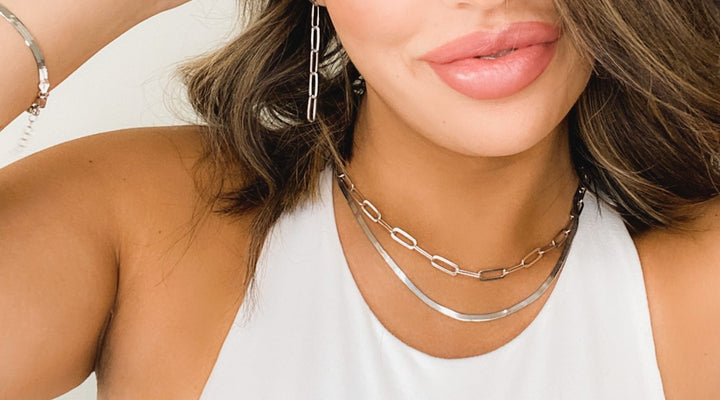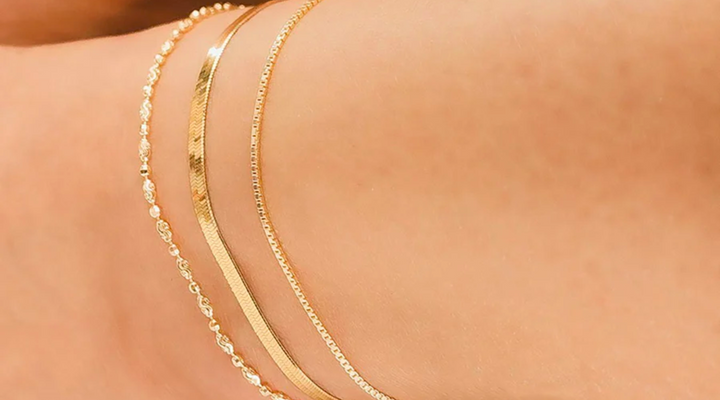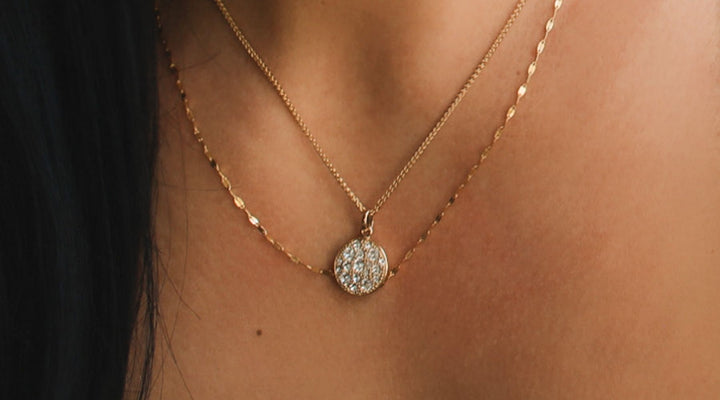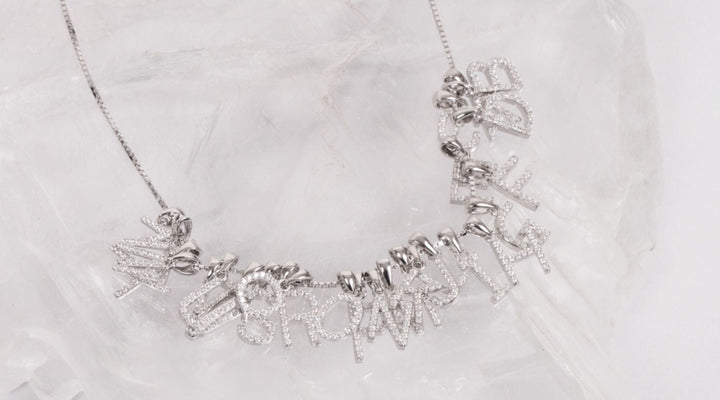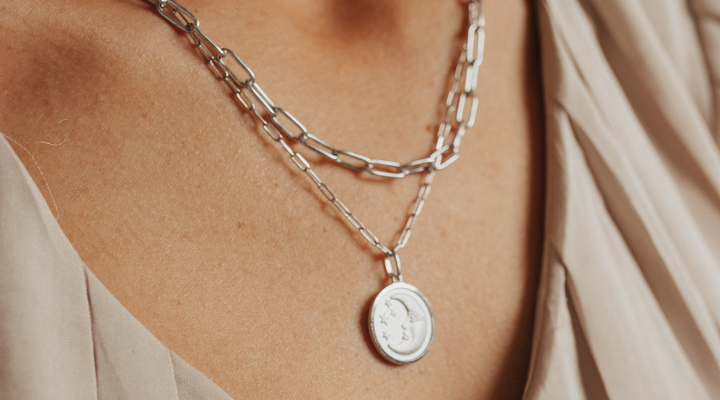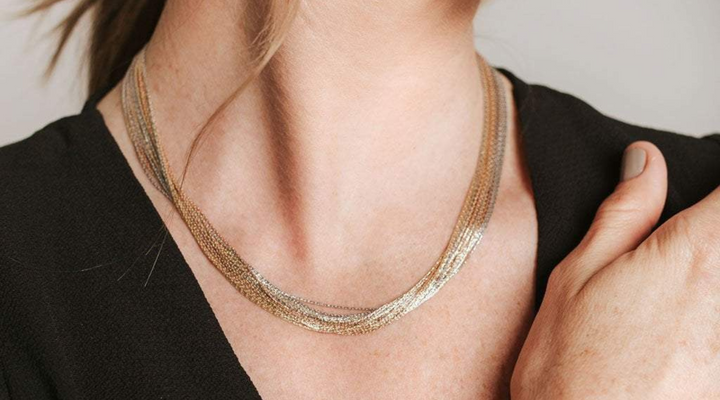5 Jewelry Buying Secrets You Need to Know
Posted by Deven Davis on

5 Jewelry Buying Secrets You Need to Know
Are you looking for new tips on how to get amazing jewelry? Click here to learn some of the most important jewelry buying secrets you'll need to know in 2020.
Keyword(s): jewelry buying secrets
When it comes to buying jewelry for yourself, there really is no set of hard-and-fast rules. Ultimately, it comes down to your own personal style and preference.
But what's important to keep in mind is that the jewelry you wear is a direct expression of who you are. Some jewelry pieces go beyond personal style. They are personal treasures that represent your heritage, personality, and more.
While jewelry trends come and go, there are a few staple items that will never go out of fashion. Here are the jewelry buying secrets you need to know when investing in new key pieces...
The Top Jewelry Buying Secrets For a Lifelong Investment
Before you make the investment in new fine jewelry pieces, it's wise to do a little research beforehand. This should be based on your own personal style and the specifics behind different types of jewelry.
In other words, you should get a feel for what you like and understand exactly what you're buying! Here's where to start...
1. Explore Your Own Personal Style
Everyone goes through a number of transformative stages when it comes to personal style and preference. The same goes for the jewelry you choose to wear throughout different stages of your life.
When updating your jewelry collection, it's crucial that you discover what kind of personal style you prefer. Not-to-mention what is considered timeless -- you want to invest in jewelry pieces with longevity.
Some things to consider about your personal style:
- What does the majority of your wardrobe look like? Are you more conservative, or free-spirited, do you prefer plain or patterned clothing?
- What is your lifestyle like -- do you have the occasion to wear more flashy jewelry, or would a more toned-down, simple style suit you better?
- How much jewelry do you prefer to wear at one time -- would fiddly, fine jewelry get in your way or is chunky jewelry more your style?
The jewelry pieces you choose should fit in with your current lifestyle and wardrobe so that you know you'll get the most wear out of them.
2. Determine Your Buying Budget
It's no secret that buying high-quality, fine jewelry can cost a pretty penny. But as with most things in life, you get what you pay for. If you make a decent investment in a piece of jewelry it should offer you long-wear longevity.
Before you commit to buying fine jewelry, make sure it's within your budget. If you have your eye on something particular, consider putting something into your savings each month until you can afford it. Choose your jewelry carefully, especially if it's on the pricier side - consider how often you'll wear it.
If you're working with a budget, that's okay too. You can still purchase decent-quality pieces, but you may have to go the plain and simple route, first. Consider buying plain gold, silver, platinum, vermeil or gold-filled finish jewelry, without gemstones.
3. Get to Know Jewelry Metals
Whether you prefer silver, gold, rose gold, or platinum jewelry, do you know what you're spending your money on? Here's what you should know about each of these precious metals:
Silver
All sterling silver jewelry pieces should have a bright, white luster. If it looks dull after some time, it can be buffed and that bright shine should reappear. Sterling silver may have a tendency to tarnish over time as it's exposed to oxygen. It's a simple chemical reaction that can be rectified.
You can also choose silver jewelry with a rhodium finish -- which is a similar metal to platinum. Rhodium should not tarnish either and has a bright white appearance that's slightly different from sterling silver.
Gold
Always and forever a classic, gold jewelry is a solid, lifetime investment. Pure gold is 24-carats. Anything less is usually a combination of part-gold and part-alloy. All gold is yellow in color when dug from the earth, but it's strengthened by alloy, which can change its color.
Traditional yellow gold, alloyed with copper or zinc is the easiest to maintain. It can be easily polished and should never tarnish. Rose gold is also a good long-term investment option -- alloyed with copper.
Platinum
Platinum is a dense white metal, and when used for jewelry manufacturing, it's the purest of all precious metals. Due to its weight, platinum is actually more expensive than gold. Platinum should never tarnish but can become dull over time. But it can be easily revived with a quick polish.
Vermeil and Gold-Filled
Vermeil is a great, budget-friendly version of gold. Essentially, it is sterling silver, plated with gold. You can choose between rose or yellow gold, too. Gold-filled jewelry is much the same, starting out as a base metal, such as brass. It is then coated with a sheet of gold. These two options offer the look of gold, without the expensive price tag.
4. Do Your Homework on Gemstone Treatment
It's worth noting that all gemstones are treated before they're added to jewelry settings. It's crucial to know how they've been treated so you can care for your fine jewelry the right way.
One of the most common gem treatments is with heat. In short, it's used to improve the color saturation of a gemstone. This means that a gemstone with vibrant color and clarity has been heat-treated. Unheated gemstones are not as bright or clear.
Emeralds are often treated with oil to fill small cracks. While rubies are either heated or glass-filled to improve their vibrancy. Most rubies are heat-treated, which means that non-heat-treated rubies are far more rare and expensive.
Either way, significant gemstones should always be sold with a report from the Gemological Institute of America (GIA). Remember that all gemstone treatment should be disclosed to buyers. Any reputable jewelry dealer will know this, too.
Of course, there are also synthetic types of gemstones on the market today which extremely similar to the real thing. They also cost a fraction of the price. Some of these include cubic zirconia, zircon, moissanite, white sapphire, rutile, spinel and more.
5. Carefully Consider Jewelry Setting
The setting of a piece of jewelry adds to its unique style and flare. So this is an important consideration too when choosing new jewelry pieces. Not only should the setting suit your style, but should also be 100% functional too.
Look at the workmanship closely. The metal setting should be smooth, with no sharp edges. All metal prongs should face downward, clutching the gem securely. Look for symmetrical width in all bezel and other frame settings, too.
If you're buying a very detailed piece, such as a ring with a row of small gems, make sure the channel of metal is even and smooth. The gems inside the channel should not be overlapping. Don't forget to closely examine the clasp of necklaces and bracelets, too.
Add to Your Collection with Roma Designer Jewelry
We hope these jewelry buying secrets have given you a better idea of how to shop for your next signature pieces, or simply add to your collection.
Take a look at our new range of affordable luxury jewelry and update your jewelry collection today...
